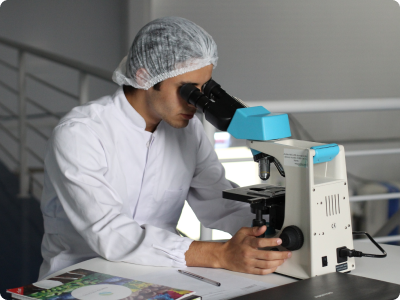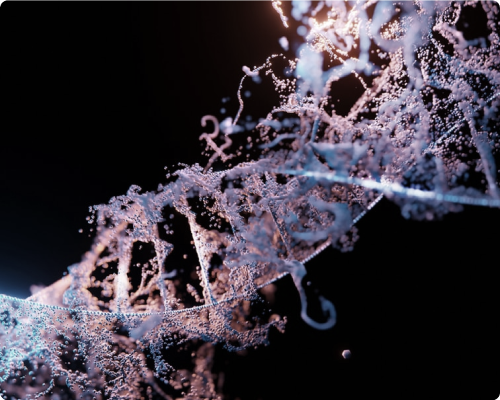
About ATMPs
Advanced Therapy Medicinal Products (ATMPs) is an umbrella term for a broad group of therapies that includes cell therapies, gene therapies, tissues engineered products, oligonucleotide-based products and novel-modality vaccines.They form a disparate group both in terms of application as well as the methods of producing them.
Learn About ATMPs
In the last number of years the promise of advanced therapies, in particular cell and gene therapies, has finally started to come to fruition. For the greater portion of the history of modern medicine we have relied on what are typically referred to as small molecule drugs. While these have been and will continue to be a critical part of the medicinal arsenal available to physicians for treatment of disease, the dawn of biotechnology in the early 1980’s ushered in the next class of therapeutic modality – recombinant proteins or Biopharmaceuticals. These drugs are produced by living cells grown in large bioreactors and have revolutionised the way in which many diseases can be treated.
For patients lacking functional versions of certain proteins e.g. Factor VIII or IX in haemophilia, these therapies provide a safe and reliable alternative to the traditional animal or donor blood-derived material. For patients with certain malignancies, antibody-based therapy has greatly reduced the severity of side-effects compared with chemotherapeutic agents and improved outcome due to their highly specific mode of action. Recombinant proteins now account for 40% of the pharma market and a further 40% of company pipelines. While recombinant protein technology has revolutionised medicine, CGTs have progressed at a more modest pace over the same period of time.
Partly that is related to the complexity of these new modalities but also to some negative outcomes in clinical trials in the early 2000’s. However, while protein-base therapies have revolutionised modern medicine, CGTs have distinct advantages in some circumstances. For example, rather than periodically administering a functional version of a missing or faulty protein, supplying a correct copy of the protein-encoding gene has the potential to permanently fix the problem. This is often referred to as the ‘one and you’re done’ concept. Or in the case of certain blood malignancies, genetically re-programming the patient’s own immune cells to recognise and eliminate cancerous cells, using CAR-T cells, has proven very effective. In the last 2-3 years a small number of products that fall into this category have received market authorisation including, for example, a gene therapy (Luxturna™) for a particular form of blindness which has been commercialised by Spark Therapeutics.
As mentioned above these medicines are highly sophisticated and therefore present complex and unique challenges in order to produce them efficiently, effectively and safely. Indeed one of the first gene therapies to receive approval, Glybera™, was subsequently withdrawn having treated just one patient in Germany at a cost of €1m for a single dose. While the drug was a regulatory and therapeutic success, it was a commercial failure, mostly due to the very small patient population (it treated a rare enzyme-deficiency disorder) and associated high cost per dose.
The following section will briefly describe the nature of these modalities and some of the challenges related to their manufacture.
In the last number of years the promise of advanced therapies, in particular cell and gene therapies, has finally started to come to fruition. For the greater portion of the history of modern medicine we have relied on what are typically referred to as small molecule drugs. While these have been and will continue to be a critical part of the medicinal arsenal available to physicians for treatment of disease, the dawn of biotechnology in the early 1980’s ushered in the next class of therapeutic modality – recombinant proteins or Biopharmaceuticals. These drugs are produced by living cells grown in large bioreactors and have revolutionised the way in which many diseases can be treated.
For patients lacking functional versions of certain proteins e.g. Factor VIII or IX in haemophilia, these therapies provide a safe and reliable alternative to the traditional
In the last number of years the promise of advanced therapies, in particular cell and gene therapies, has finally started to come to fruition. For the greater portion of the history of modern medicine we have relied on what are typically referred to as small molecule drugs. While these have been and will continue to be a critical part of the medicinal arsenal available to physicians for treatment of disease, the dawn of biotechnology in the early 1980’s ushered in the next class of therapeutic modality – recombinant proteins or Biopharmaceuticals. These drugs are produced by living cells grown in large bioreactors and have revolutionised the way in which many diseases can be treated.
For patients lacking functional versions of certain proteins e.g. Factor VIII or IX in haemophilia, these therapies provide a safe and reliable alternative to the traditional animal or donor blood-derived material. For patients with certain malignancies, antibody-based therapy has greatly reduced the severity of side-effects compared with chemotherapeutic agents and improved outcome due to their highly specific mode of action. Recombinant proteins now account for 40% of the pharma market and a further 40% of company pipelines. While recombinant protein technology has revolutionised medicine, CGTs have progressed at a more modest pace over the same period of time.
Partly that is related to the complexity of these new modalities but also to some negative outcomes in clinical trials in the early 2000’s. However, while protein-base therapies have revolutionised modern medicine, CGTs have distinct advantages in some circumstances. For example, rather than periodically administering a functional version of a missing or faulty protein, supplying a correct copy of the protein-encoding gene has the potential to permanently fix the problem. This is often referred to as the ‘one and you’re done’ concept. Or in the case of certain blood malignancies, genetically re-programming the patient’s own immune cells to recognise and eliminate cancerous cells, using CAR-T cells, has proven very effective. In the last 2-3 years a small number of products that fall into

Latest News and Events
News & Events

